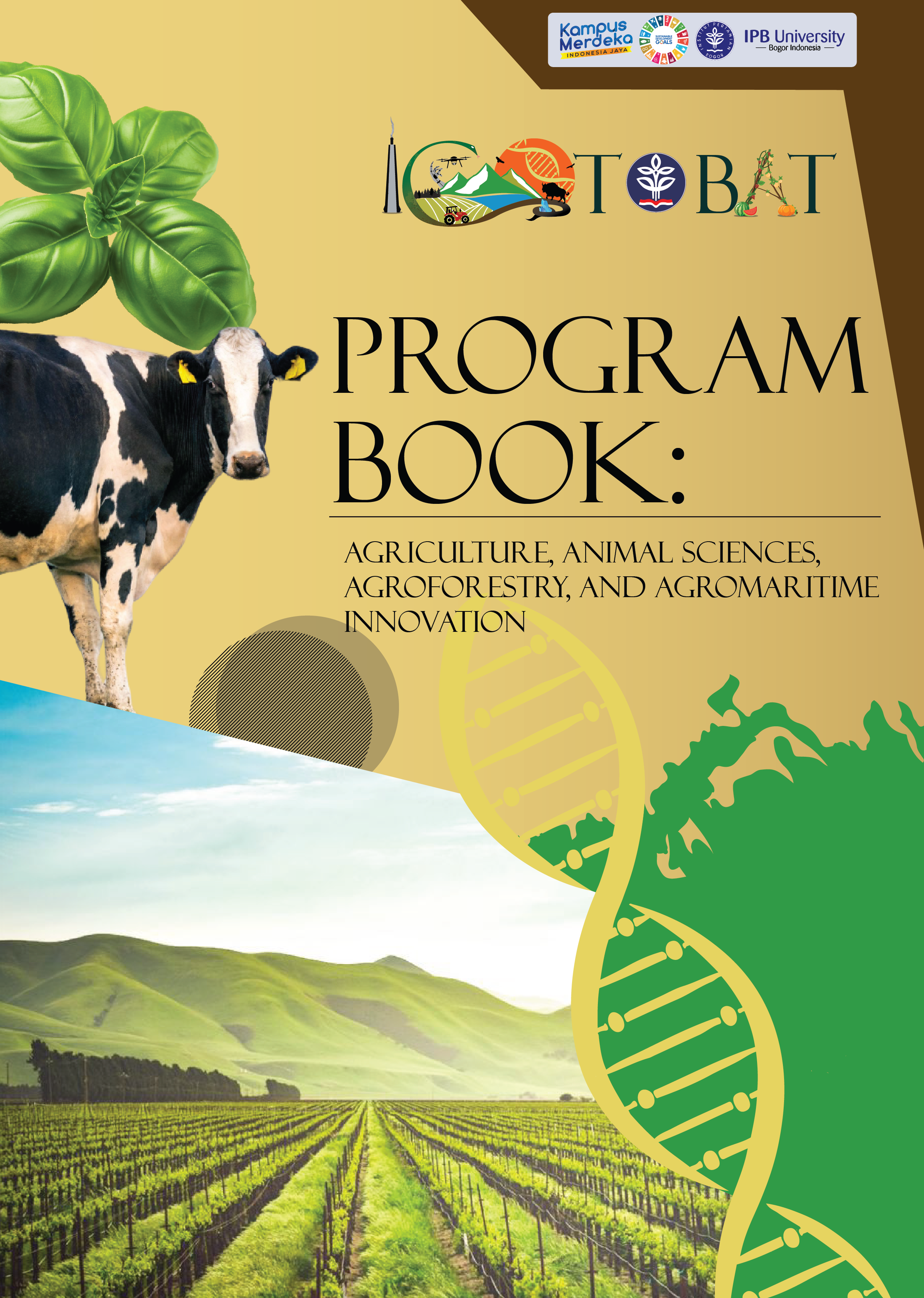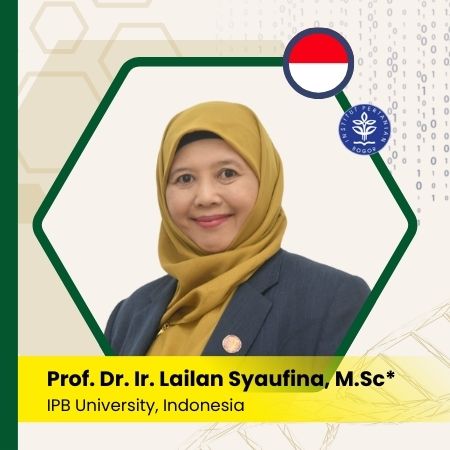A Case Study on the Growth and Restoration of Native Plant Species in Formerly Utilized Areas: The Gunung Gede Pangrango National Park
Abstract
The success rates of tree planting for restoration purposes often vary due to factors such as the extent of damage, environmental challenges, and the specific goals of forest restoration. When it comes to restoring conservation areas, careful consideration must be given to planting native species and ensuring their success. This research aims to address several key questions regarding the restoration process, including the survival percentage, diameter growth, height growth, and natural regeneration of eight native plant species: Altingia excelsa, Decaspermum fruticosum, Elaeocarpus sphaericus, Litsea angulata, Manglietia glauca, Schima wallichii, Swietenia macrophylla, Syzygium polyanthum, and Toona sureni, which have been growing for 13, 14, and 15 years. Data collection involved five plots measuring 20m x 50m, focusing on plants of ages 13, 14, and 15 years. The results indicate a survival rate ranging from 78.8% to 95.8% for all plants, a diameter range of 13cm to 29.2cm, and a height range of 10.94m to 18.99m. Additionally, eight species demonstrated the ability to flower and fruit, while six species exhibited natural regeneration, with two species not showing signs of natural offspring. Overall, based on their survival rates, plant growth, and natural regeneration capabilities, these species prove to be suitable choices for restoration efforts in conservation areas.






























